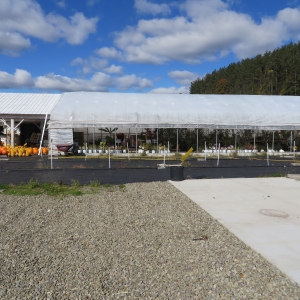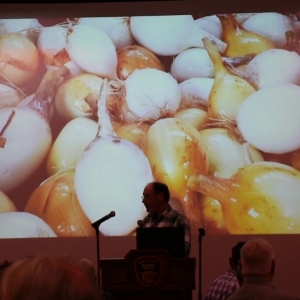Other Ag News:
(Washington, D.C., September 20, 2025) — The U.S. Department of Agriculture announced the termination of future Household Food Security Reports. These redundant, costly, politicized, and extraneous studies do nothing more than fear monger.
Learn more about Agriculture in New York with USDA News
Pages
Signup for the Ag Newsletter
Get the freshest farm news, events and updates from in and around Cattaraugus County, NY at least once a month! Go signup!
Other ways to stay connected:
Get Involved in Farming
Resources for Starting a Farm in Cattaraugus County
Profile of Cattaraugus County soils
Agriculture Career Exploration
Questions about farming? Find out Who to Call










